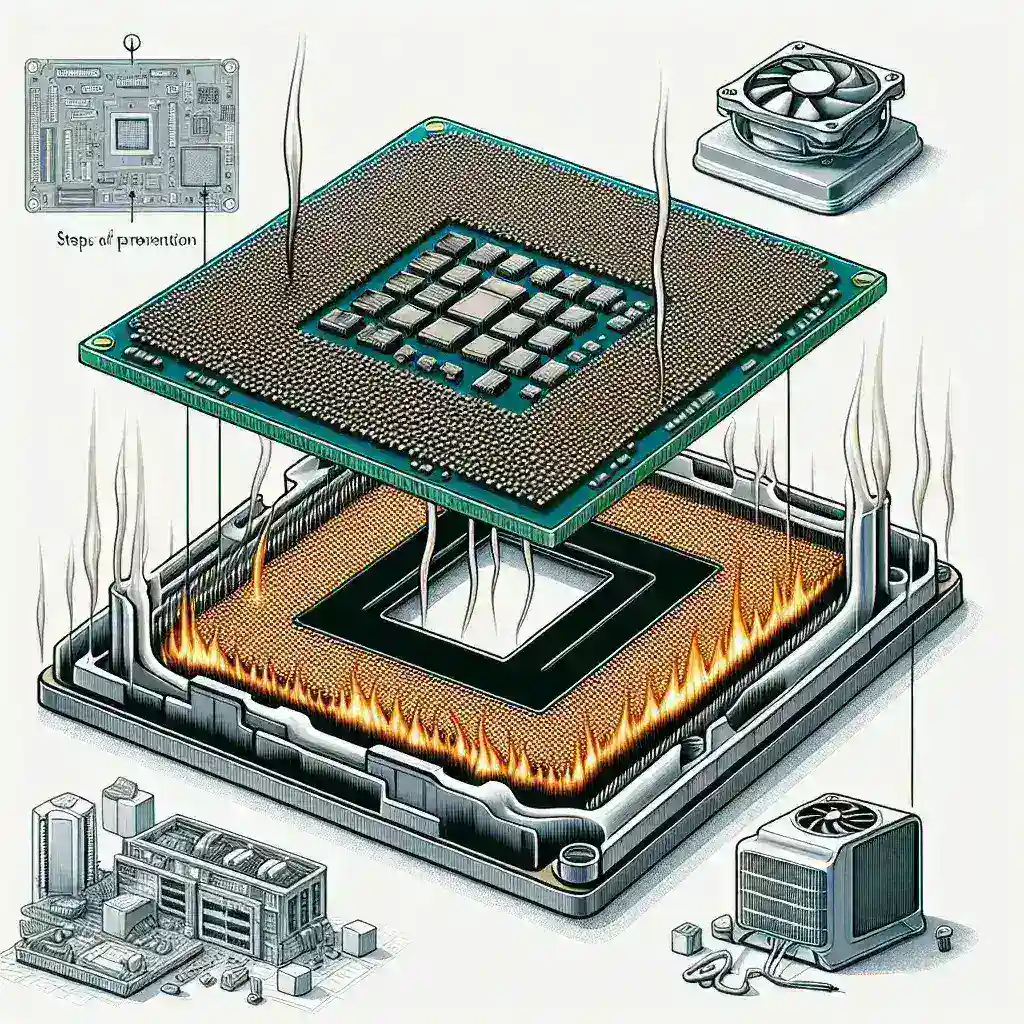What is CPU Socket Burn-In and How Can It Be Prevented?
CPU socket burn-in is a process that involves running a new CPU at higher voltages and temperatures than what it would normally experience during regular usage. This procedure is performed to detect early failures and potential issues before the CPU is integrated into its final environment. While effective, improper burn-in can lead to damage or even burnout of the CPU socket, jeopardizing the overall stability and functionality of the system.
Understanding CPU Socket Burn-In
The goal of a CPU burn-in process is to stabilize the core by eliminating weak components. By subjecting the CPU to extreme conditions, manufacturers can ensure that only the most robust units make it to consumers. However, during this process, the CPU socket can experience considerable stress and wear, leading to burn-in related issues.
How CPU Burn-In Works
A typical CPU burn-in involves:
- Increased Voltages: CPUs are subjected to higher voltages to test their thermal and electrical stability.
- Elevated Temperatures: By running the CPU at high temperatures, engineers can detect heat-related defects.
- Extended Runtime: The CPU is kept operational for longer periods to monitor its behavior over time.
Table: CPU Burn-In Testing Parameters
| Parameter | Regular Usage | Burn-In Test |
|---|---|---|
| Voltage | 1.2V | 1.4V |
| Temperature | 50°C | 90°C |
| Duration | 8 hours/day | 24 hours continuous |
Causes of CPU Socket Burn-In
Besides the intentional stress from burn-in testing, several other factors can cause CPU socket burn-in:
- Inadequate Cooling: Insufficient cooling mechanisms can lead to heat buildup.
- Poor Contact: Lack of a proper connection between the CPU and the socket.
- Electrical Issues: Flawed circuitry or bad power delivery.
- Overclocking: Running the CPU at speeds higher than its rated capacity.
Effects of CPU Socket Burn-In
The main ramifications of CPU socket burn-in include:
- Thermal Damage: High temperatures can deteriorate the material of the socket.
- Electrical Failures: Excessive voltage can damage the CPU and the motherboard.
- Reduced Longevity: Consistent stress shortens the lifespan of both the CPU and the socket.
- System Instability: The reliability of the computer is compromised, resulting in frequent crashes and errors.
Preventing CPU Socket Burn-In
Preventing CPU socket burn-in requires careful attention to several factors:
1. Proper Cooling
Ensure adequate cooling by using high-quality fans, heat sinks, and thermal paste. Liquid cooling systems should be considered for high-performance setups.
2. Adequate Ventilation
Maintain good airflow within the computer case. Avoid placing the system in enclosed spaces or near heat sources.
3. Correct Installation
Ensure the CPU is correctly seated in the socket and that the pins/socket contacts are clean. Use the right amount of thermal paste to avoid heat pockets.
4. Stability Testing
Run stability tests using software like Prime95 or OCCT to ensure the CPU and socket can handle extended periods of operation without issues.
5. Avoid Overvoltage
Stick to manufacturer-recommended voltage levels to prevent unnecessary stress on the CPU and socket. Only experienced users should consider increasing voltages, and even then, it should be done gradually and monitored closely.
Conclusion
CPU socket burn-in can be a beneficial process for identifying potential problems before they become critical failures. However, it requires careful management to avoid causing damage. By ensuring proper cooling, maintaining good ventilation, correctly installing components, running stability tests, and avoiding overvoltage, users can help prevent CPU socket burn-in and maximize the performance and lifespan of their computing systems.

